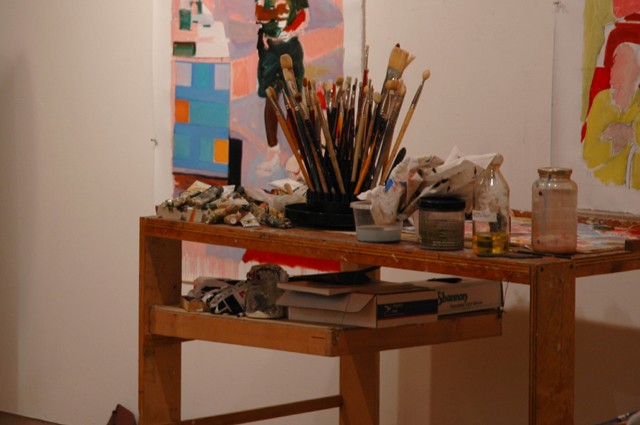A roundup of the best stories on cities and urbanism we’ve come across in the past seven days.
“Welcome to Uberville,” Spencer Woodman, The Verge
My first morning in Altamonte Springs, Florida, I was faced with a dilemma: how to travel the two miles from my hotel to city hall without a car. Walking would take nearly an hour in the sweltering June heat. Taking a bus would entail waiting up to a half hour at a stop with little shelter from the forecasted thunderstorms, followed by a looping detour to the local mall. The trip could potentially take longer than walking.
I was on my way to meet Frank Martz, Altamonte’s city manager. For nearly two decades, Martz had fought to overhaul Altamonte’s transit system with a fleet of demand-responsive public busses. He called the plan FlexBus, and it would use custom-designed software to optimize routes for vehicles that riders would order from kiosks or even desktop computers. Martz saw FlexBus as the key to transforming Altamonte, a loose agglomeration of palm tree-lined strip malls and culs-de-sac a few miles north of Orlando, into a thriving and walkable destination.
Despite Martz’s persistent lobbying, bureaucratic delays and disagreements with the regional transit authority stalled the project for years, Martz says. Finally last October, the Federal Transit Administration withdrew millions in vital funding. FlexBus was dead.
But the transit landscape had changed since Martz began his quest. In the years before FlexBus was founded, some of Silicon Valley’s most prominent companies had begun offering on-demand transportation reminiscent of Martz’s vision. So just weeks after burying FlexBus, Martz called Uber. His inquiry was blunt: did the company want to make Altamonte the world’s first public transportation system based on ride-share technology?
“Unbuilding a City,” Planet Money, NPR
“What a Black Lives Matter Economic Agenda Looks Like,” Janell Ross, The Washington Post
Amid all the news and noise that Trump’s black voter appeal created, an umbrella operation known as the Movement for Black Lives released an economic plan.
Think of the Movement for Black Lives, also known as M4BL, like the civil rights movement: a broad, multi-pronged attempt to create social and legal change populated, fueled and driven by a wide variety of individuals and organizations committed to a common set of political goals. M4BL also includes the formal organization known as Black Lives Matter and a loose collective of individuals, additional organizations and activists associated with it.
The M4BL economic policy paper issued this month includes some of the things that a largely black collective of activists, academics and voters think black Americans both have to lose and need to gain in coming years.
Source link
A Florida Suburb Turns into an Ubertown: Best #Cityreads of the Week



Sem comentários:
Enviar um comentário